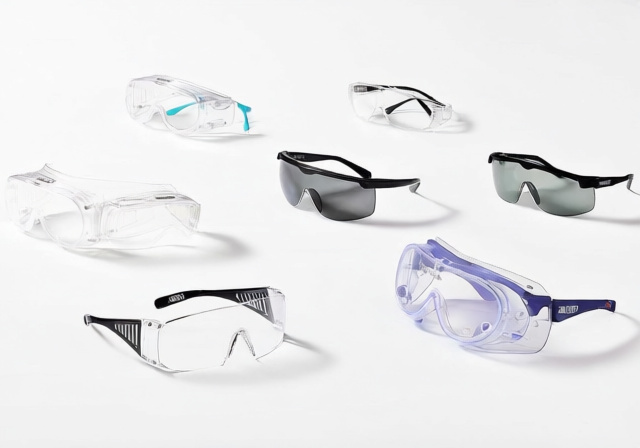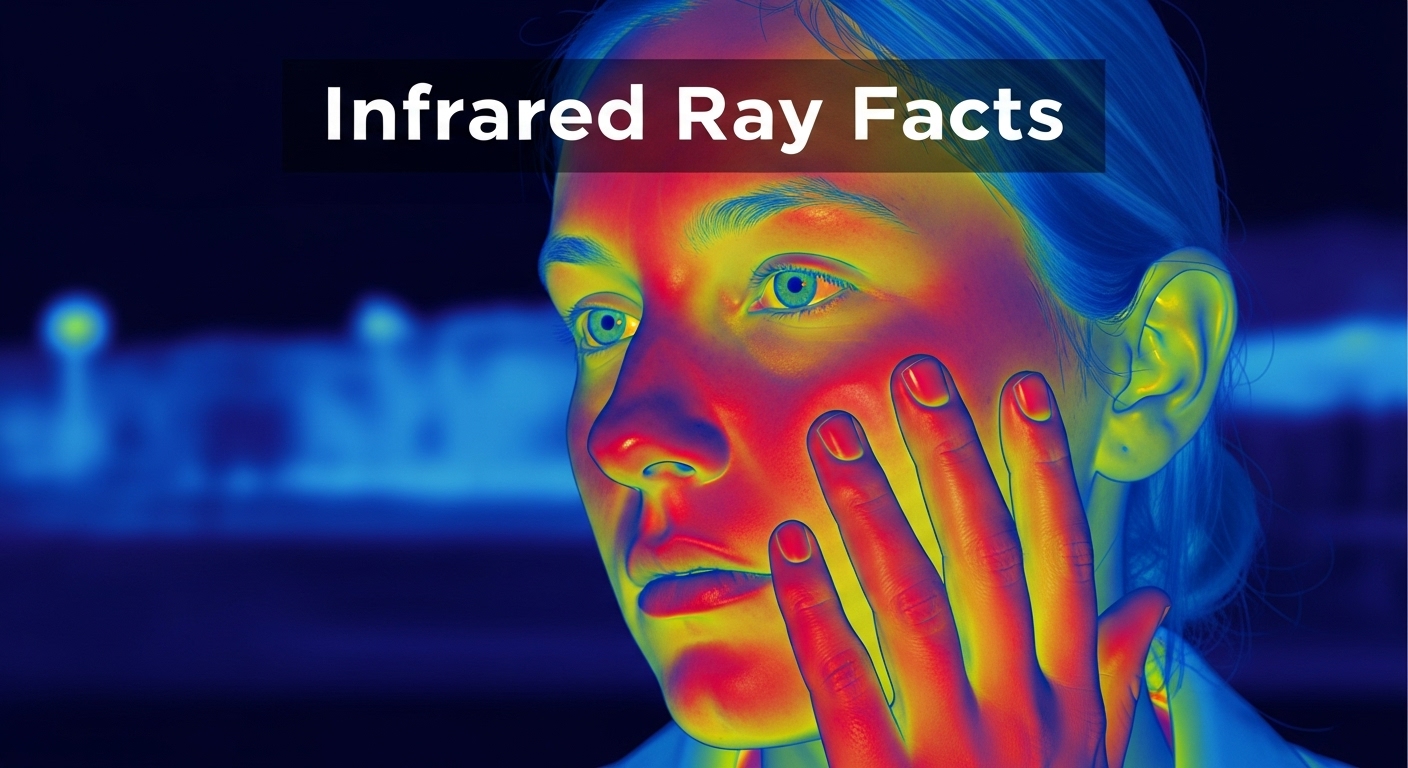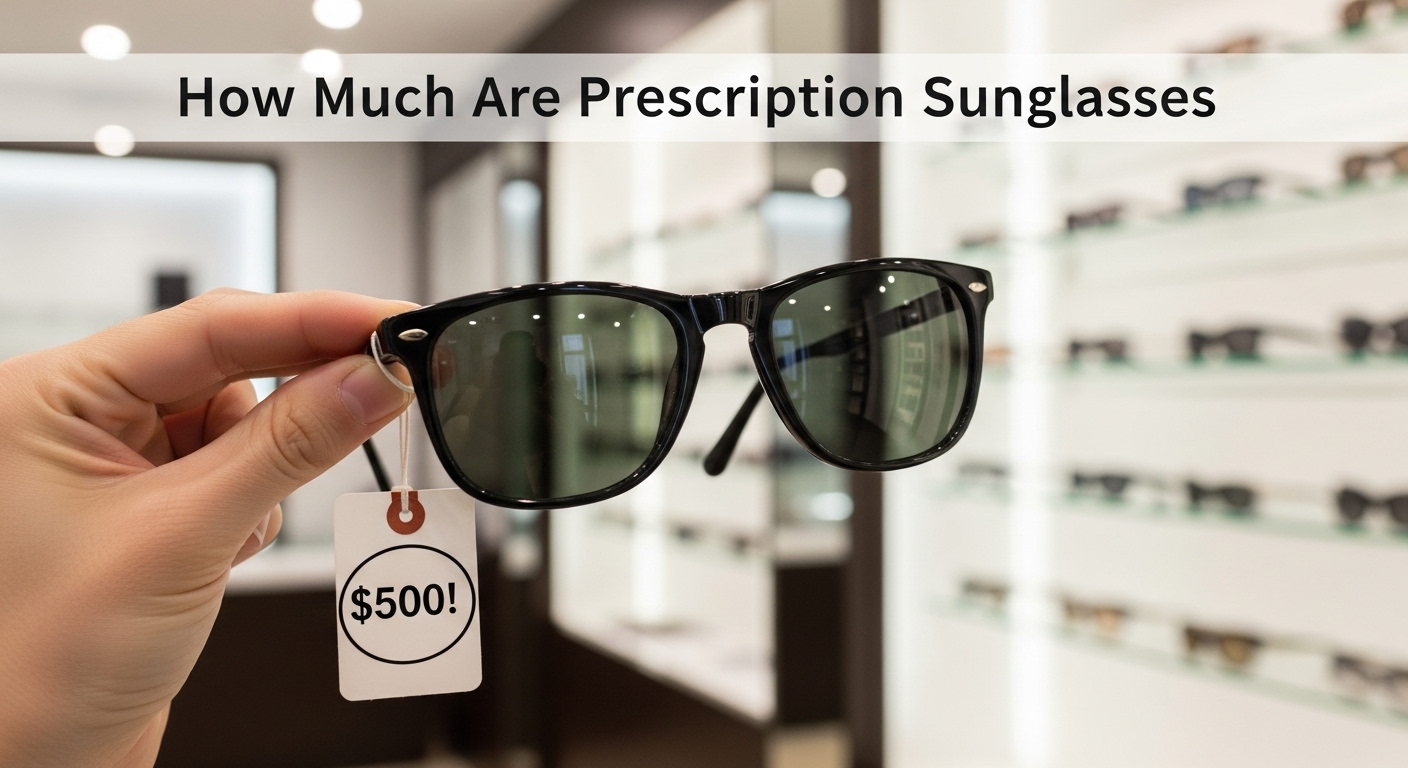

Every day in the United States, approximately 2,000 workers sustain job-related eye injuries. That’s nearly 300,000 eye injuries annually that require medical attention, with an estimated cost of $300 million in lost production time, medical expenses, and worker compensation. What’s most shocking? Ninety percent of these injuries could have been prevented with proper safety eyewear.
Safety glasses are the #1 item to protect eyes in hazardous environments. These aren’t just regular glasses with thicker lenses – they’re engineered protection systems designed to withstand high-velocity impacts, chemical splashes, and radiation exposure while maintaining optical clarity. Safety glasses meeting ANSI Z87 standards undergo rigorous testing that most regular eyewear would fail catastrophically.
Having worked with industrial safety programs for over 15 years, I’ve seen firsthand how proper eye protection saves vision and prevents life-altering injuries. This comprehensive guide covers everything you need to know about safety glasses – from material science and certification standards to real-world applications and common misconceptions.
Quick Summary: Safety glasses prevent 90% of workplace eye injuries, must meet ANSI Z87 standards, use polycarbonate lenses 10x stronger than regular glass, and require proper fit for effective protection.
Safety glasses aren’t one-size-fits-all protection. Different environments, hazards, and user requirements demand specific designs and features. Understanding these variations helps ensure you select appropriate protection for your specific needs.
| Safety Glass Type | Best For | Key Features | Protection Level |
|---|---|---|---|
| Direct Ventilation Goggles | General industrial use | Anti-fog vents, full seal | Impact, dust, large particles |
| Indirect Ventilation Goggles | Chemical handling | Covered vents, splash protection | Impact, chemical splashes |
| Wraparound Safety Glasses | Construction, manufacturing | Side protection, lightweight | Impact, side impacts |
| Prescription Safety Glasses | Vision correction needed | Dual-purpose, ANSI certified | Impact, UV, correction |
| Welding Safety Glasses | Welding and cutting | IR/UV protection, shade numbers | Radiation, sparks, spatter |
| Laser Safety Glasses | Laser operations | Specific wavelength filtering | Laser radiation only |
| Over-the-Glass (OTG) Models | Wearers of prescription glasses | Extended fit, side shields | Impact, fits over glasses |
Polycarbonate remains the dominant material in safety eyewear for good reason. Its unique combination of impact resistance, optical clarity, and lightweight properties makes it ideal for protective applications. However, alternative materials serve specific purposes:
Polycarbonate: The industry standard for safety lenses, offering superior impact resistance in a lightweight package. Naturally blocks UV radiation without additional coatings.
Trivex, a newer material, provides similar impact resistance to polycarbonate with superior optical clarity and reduced chromatic aberration. It’s particularly popular in prescription safety lenses where visual acuity is crucial.
Traditional glass lenses, while offering superior scratch resistance, are rarely used in modern safety eyewear due to their weight and potential to shatter. When required for specialized applications, they must be heat-treated or chemically strengthened to meet ANSI standards.
Frame selection significantly impacts both protection level and user comfort. Full-rim frames provide maximum durability and are ideal for heavy industrial applications where impacts from flying debris are common. The continuous rim helps distribute impact forces and prevents lens ejection.
Semi-rimless designs offer a balance between protection and field of vision. With the frame only on the top portion, these models provide excellent upward visibility while maintaining impact resistance where needed most. They’re popular in manufacturing and assembly applications.
Rimless safety glasses maximize field of vision and minimize weight, making them ideal for extended wear. Modern lens mounting technology ensures ANSI compliance even without a full frame, though impact protection may be slightly reduced compared to framed models.
Understanding safety certifications is crucial for selecting appropriate eye protection. These standards aren’t just bureaucratic requirements – they represent tested performance specifications that could mean the difference between protection and injury.
ANSI Z87.1 establishes the baseline for safety eyewear in the United States. Administered by the American National Standards Institute, this voluntary standard specifies requirements for impact resistance, optical clarity, lens coverage, and durability. Products meeting this standard must undergo rigorous testing including high-velocity impact tests and penetration resistance evaluations.
⚠️ Important: Always look for the Z87 marking on both frames and lenses. This marking certifies the complete eyewear system meets ANSI standards. Missing markings mean the eyewear is not certified for safety applications.
The enhanced ANSI Z87+ rating indicates high-impact protection. Testing involves a 1/4 inch steel ball propelled at 300 feet per second – equivalent to being hit by a small caliber bullet. Only eyewear passing this stringent test can display the “+” symbol alongside the Z87 mark.
OSHA 29 CFR 1910.133 establishes employer responsibilities for eye protection. Rather than product standards, this regulation requires employers to assess workplace hazards, provide appropriate protection, and ensure employee training. Enforcement includes workplace inspections and penalties for non-compliance.
International standards vary but generally align with ANSI requirements. EN 166 (European standard) requires additional testing for molten metal resistance and radiation protection. CSA Z94.3 (Canadian standard) incorporates elements of both ANSI and EN standards with some additional requirements for specific industries.
Testing procedures are standardized across certifications. Lenses undergo high-velocity impact testing, frame durability testing, lateral protection evaluation, and optical clarity assessments. Each test simulates real-world hazards, ensuring certified protection performs when needed most.
Different industries present unique eye hazards requiring specific protection strategies. Understanding these applications helps ensure proper selection and use of safety eyewear across various work environments.
Construction sites generate multiple eye hazards simultaneously. Flying debris from power tools, dust from cutting operations, and falling objects create constant threats. Safety glasses with side shields provide essential lateral protection against particles traveling at high speeds. Polycarbonate lenses resist impacts from nails, screws, and metal fragments common on job sites.
Manufacturing environments present similar hazards with added complexity. Machine operations can launch particles at extreme velocities, while chemical processes may create splash hazards. Many facilities require different protection types for different areas – clear safety glasses for assembly work, tinted models for welding areas, and full goggles for chemical handling zones.
Healthcare workers face unique eye hazards including bloodborne pathogens, chemical splashes, and laser radiation. Safety glasses with sealed designs protect against fluid exposure during procedures, while anti-fog coatings maintain visibility during long surgeries or examinations.
Laboratory environments demand specialized protection based on materials being handled. Chemical splash goggles with indirect ventilation prevent liquid entry while allowing air circulation to reduce fogging. For laser operations, wavelength-specific protection is essential – not all laser glasses protect against all laser types.
In these settings, compliance is particularly challenging due to the need for frequent cleaning and disinfection. Safety glasses must withstand repeated cleaning with harsh disinfectants without degrading coatings or frame integrity.
Eye protection extends beyond industrial settings. Landscaping and groundskeeping operations face hazards from flying debris, dust, and UV radiation. Polarized safety glasses reduce glare while providing impact protection from rocks and projectiles launched by mowers and trimmers.
Sports activities present increasing opportunities for protective eyewear. Racquet sports, shooting sports, and cycling all benefit from impact-resistant eyewear designed specifically for athletic applications. These models combine ANSI-level protection with athletic styling and performance features.
Home improvement projects deserve serious consideration for eye protection. Power tools, chemicals, and debris create real hazards even in casual DIY settings. Statistics show 40% of eye injuries occur at home, where protective equipment is often overlooked.
Selecting appropriate safety glasses requires evaluating multiple factors including hazard type, work environment, user preferences, and comfort requirements. Following a systematic selection process ensures optimal protection while encouraging compliance.
Begin by assessing the specific eye hazards in your work environment. Flying particles require impact-resistant safety glasses with side protection. Chemical exposures demand full goggles with indirect ventilation. Radiation hazards need specialized filtering lenses.
Consider hazard severity as well. Light dust might be adequately addressed with basic safety glasses, while metal grinding operations demand high-impact protection. Multiple hazards may require layered protection strategies.
Work environment factors significantly influence eyewear selection. Outdoor applications benefit from UV protection and potentially tinted lenses. Indoor work with variable lighting might need photochromic lenses that adjust automatically.
Temperature and humidity affect fogging potential. Hot, humid environments or work involving significant temperature changes benefit from anti-fog coatings or ventilation features. Consider how the eyewear performs in your specific conditions.
Individual factors impact both comfort and compliance. Prescription wearers need either prescription safety glasses or over-the-glass models that fit comfortably. Face shape and size affect fit – improper fit creates gaps that compromise protection.
Comfort is crucial for all-day wear. Lightweight frames reduce fatigue, while adjustable features ensure proper positioning. Style preferences shouldn’t be ignored – users who like their eyewear are more likely to wear it consistently.
Always verify ANSI Z87 certification for industrial applications. Check for proper markings on both frames and lenses. For specialized hazards, ensure additional certifications such as welding shade numbers or laser optical density ratings.
Employers should verify compliance with OSHA requirements and industry-specific standards. Some industries have additional requirements beyond basic ANSI certification.
Whenever possible, test safety glasses before purchasing. Ensure they fit properly without pressure points. Check that side shields provide adequate coverage without obstructing peripheral vision. Verify that all adjustable features function correctly.
Consider how the eyewear interacts with other PPE. Safety glasses must fit comfortably under hard hats, work with respirators, and accommodate hearing protection. Poor integration with other safety equipment creates compliance issues.
Even the best safety glasses can cause problems if not properly selected or maintained. Understanding common issues and their solutions helps maintain both protection and comfort.
Fogging represents the most common complaint among safety glasses users. Temperature differences between the environment and the wearer’s face create condensation on lenses. Modern anti-fog coatings significantly reduce this problem by spreading moisture into an invisible film.
For persistent fogging, consider models with better ventilation. Direct ventilation goggles allow air circulation while maintaining protection. Some users apply anti-fog sprays or wipes for additional protection in extreme conditions.
Poor fit creates pressure points and encourages non-compliance. Adjustable nose pads, temple lengths, and tension settings help customize fit. Different frame styles accommodate various face shapes – some brands offer models specifically designed for smaller or larger faces.
Weight matters for extended wear. Polycarbonate frames weigh significantly less than traditional materials, reducing fatigue during long shifts. Consider how the weight distribution feels – well-balanced glasses stay in position better.
Safety glasses must work effectively with other personal protective equipment. Models designed specifically for use with hard hats feature temple arms that don’t interfere with suspension systems. Some brands offer compatibility charts showing how their products integrate with respiratory protection and hearing protection.
For prescription wearers, consider whether dedicated prescription safety glasses or over-the-glass models work better. While prescription models offer better optics and comfort, over-the-glass options provide flexibility for multiple users or changing prescriptions.
Safety goggles provide complete eye sealing for superior protection against chemical splashes and fine particles. They must meet ANSI Z87 impact standards just like safety glasses. Modern goggles feature anti-fog coatings and indirect ventilation to maintain visibility in challenging conditions.
ANSI Z87 certified safety glasses are the #1 item to protect eyes in hazardous environments. Properly selected and worn safety eyewear prevents 90% of workplace eye injuries, making them the most effective single piece of protective equipment for vision safety.
Safety glasses differ from regular glasses in three critical ways: impact resistance (polycarbonate lenses 10x stronger), minimum thickness requirements (3mm at thinnest point), and mandatory testing standards (ANSI Z87 high-velocity impact testing). They also feature temple arms designed to release under pressure to prevent facial injury.
Safety glasses should be replaced every 1-2 years with regular use, or immediately if damaged. UV exposure gradually degrades polycarbonate’s impact resistance even without visible damage. Scratches, frame damage, or coating deterioration require immediate replacement regardless of age.
Yes, over-the-glass (OTG) safety glasses are specifically designed to fit over prescription eyewear. These models feature extended coverage and deeper lens chambers to accommodate most prescription frames. However, dedicated prescription safety glasses often provide better comfort and optical clarity for full-time wearers.
Yes, all polycarbonate safety lenses automatically block 99.9% of UV radiation without additional coatings. This inherent UV protection applies to clear, tinted, and mirrored lenses. However, additional specialized coatings may be needed for specific wavelength protection in laser or welding applications.
Your eyesight is irreplaceable, yet proper eye protection remains one of the most overlooked safety measures in many workplaces. With 300,000 preventable eye injuries occurring annually in the United States alone, the importance of appropriate safety eyewear cannot be overstated.
Remember that proper safety glasses are more than just a regulatory requirement – they’re engineered protection systems designed to preserve vision in hazardous environments. The ANSI Z87 certification isn’t just a label; it represents tested performance that could save your sight.
Invest in quality safety eyewear that meets your specific needs, fits comfortably, and encourages consistent wear. Regular inspection and proper maintenance ensure your protection remains effective when needed most. Your future self will thank you for taking eye safety seriously today.
✅ Pro Tip: Always inspect your safety glasses before each use. Look for scratches, frame damage, or loose parts. If you find any issues, replace immediately – damaged safety glasses provide a false sense of security.



